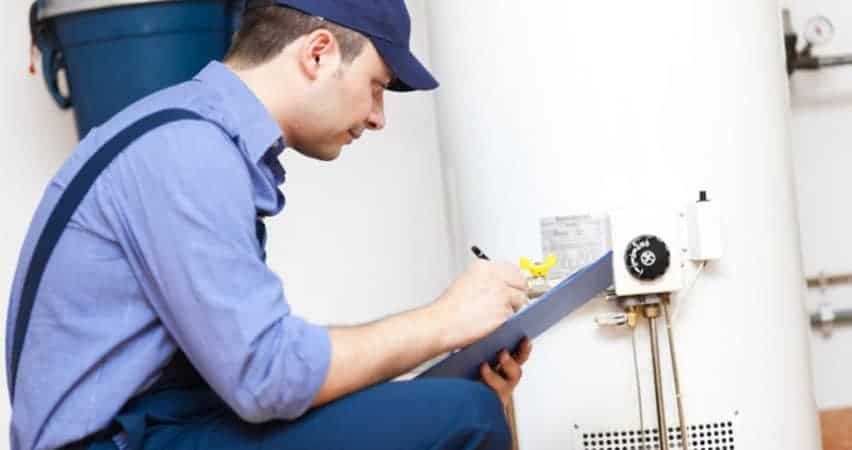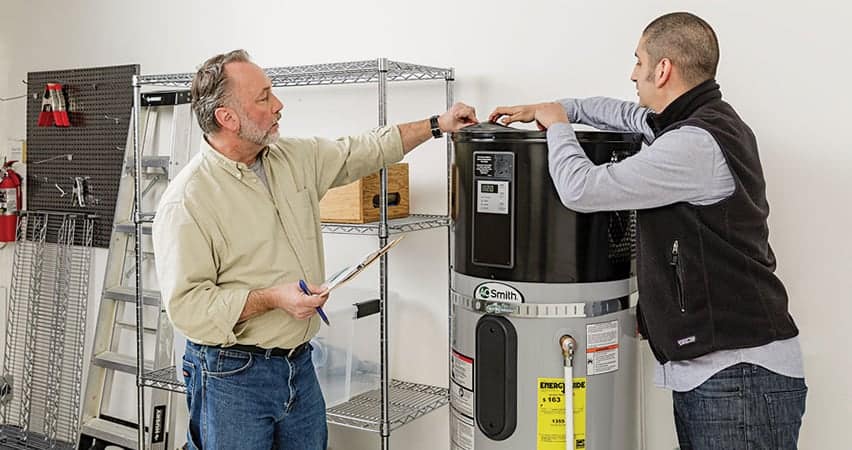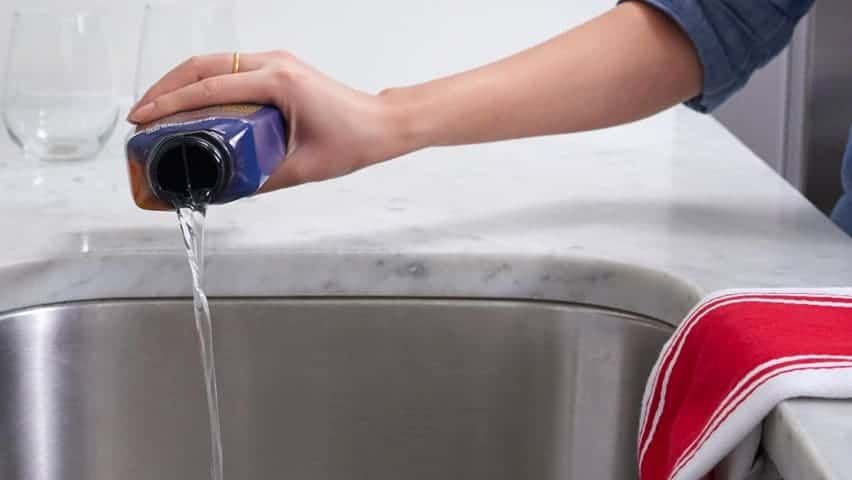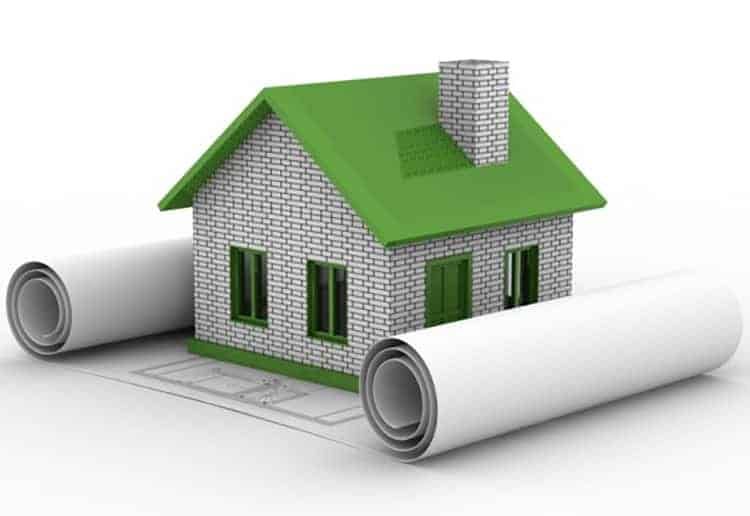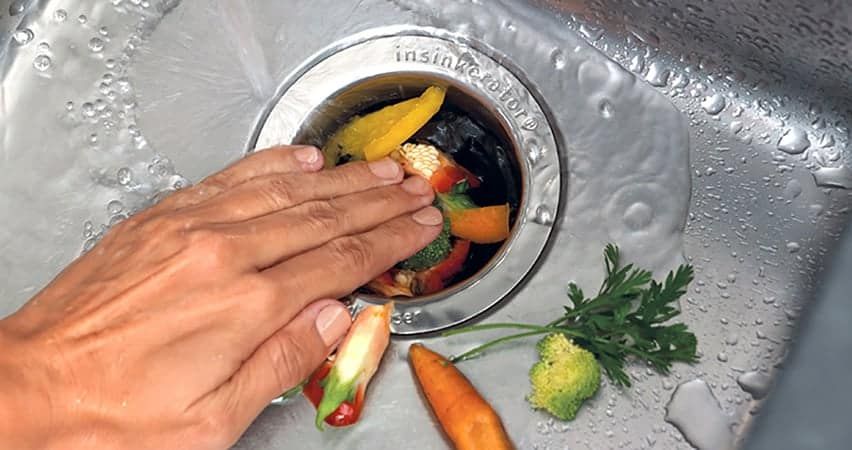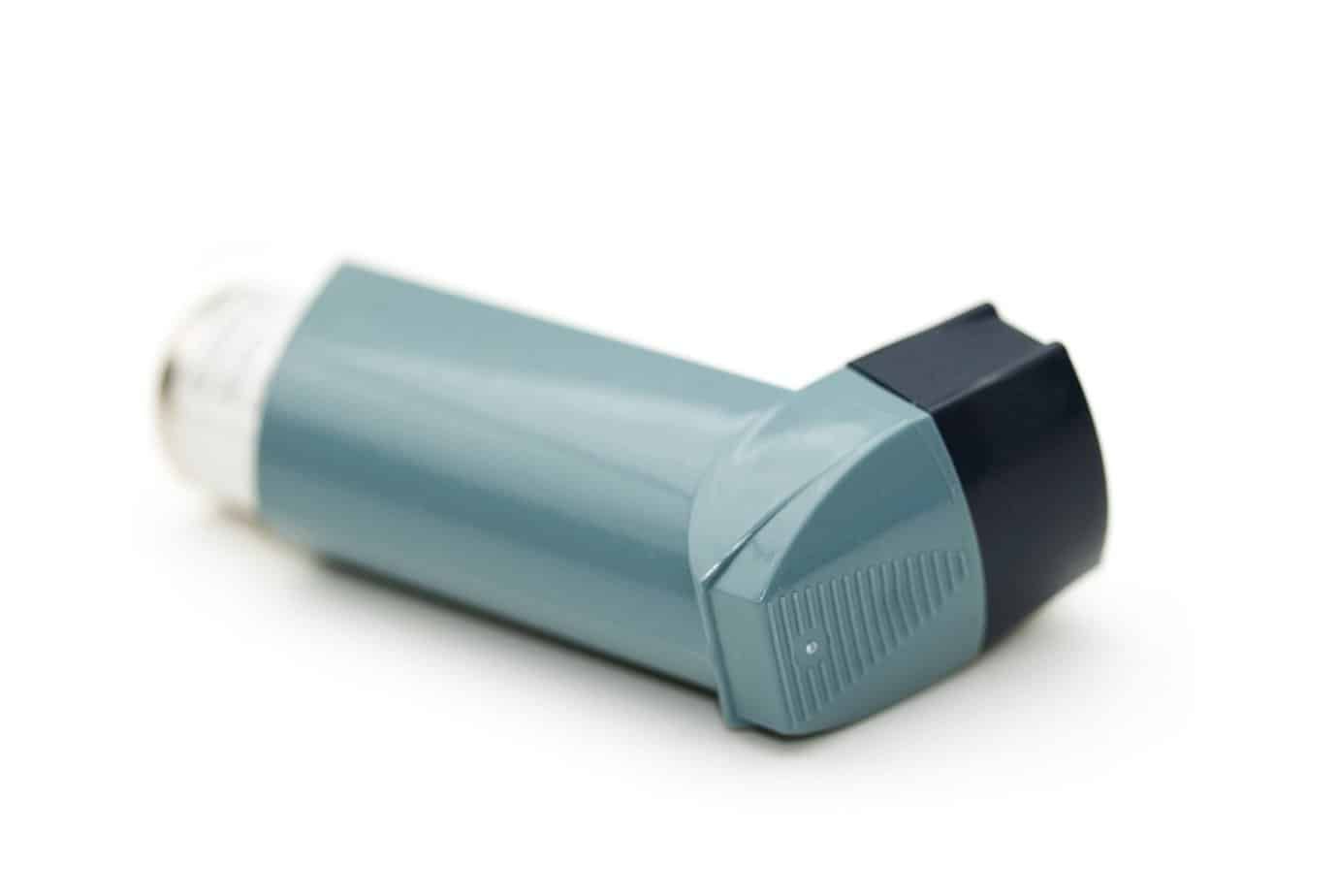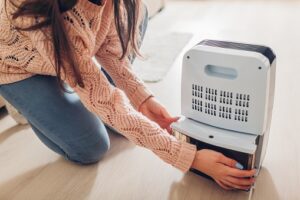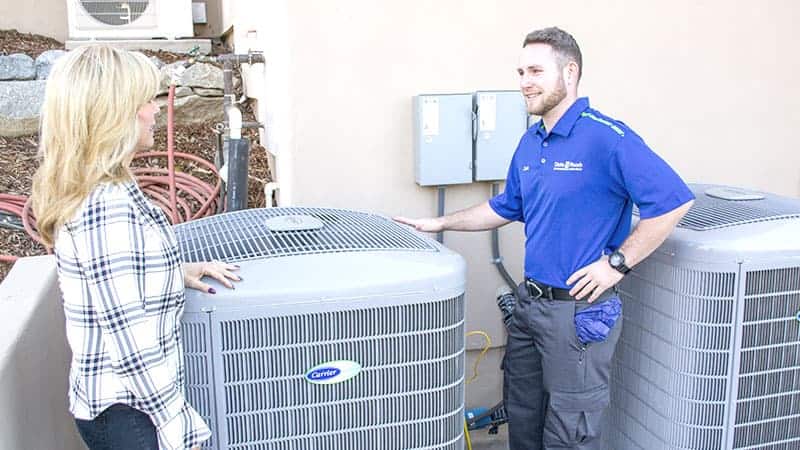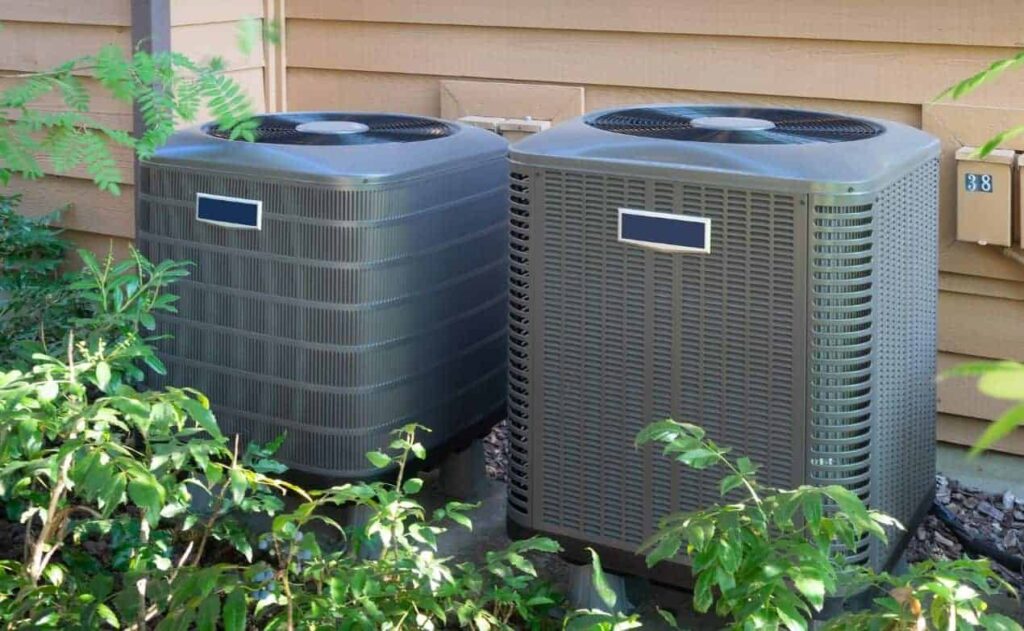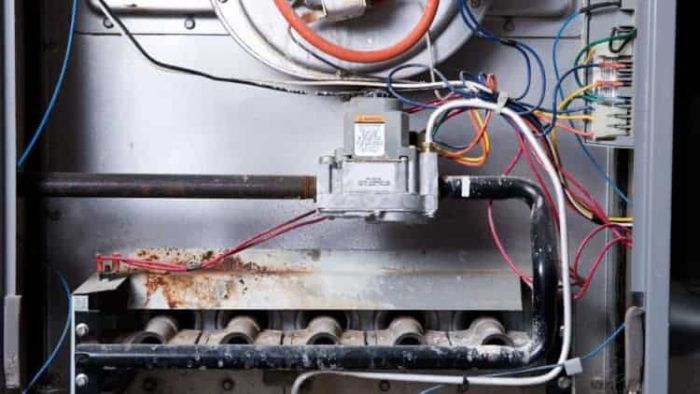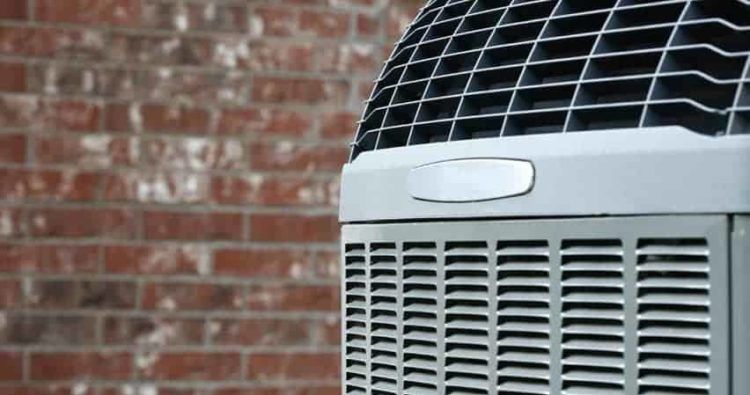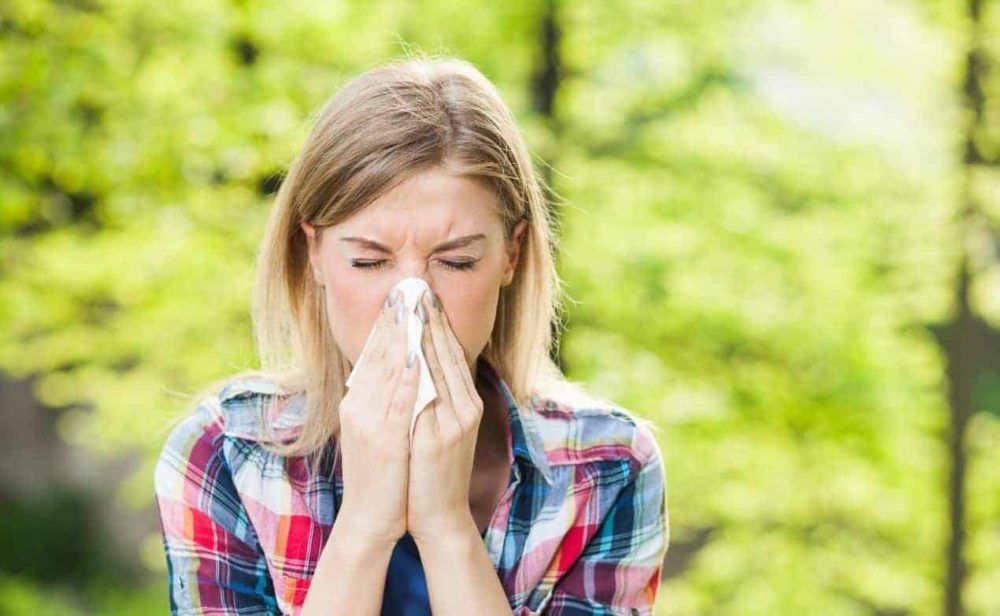Making Your Home Energy Efficient is Easy
Whether you are considering making a few small changes, or doing a complete “green” makeover (like installing solar panels, or a geothermal heat pump), we have put together a list of some small changes you can make to save money and earth’s resources on your journey to a greener home. The mere idea of turning your home into a green, eco-friendly oasis can be intimidating, not to mention pricey. However, with the influx of affordable “green” products into the home-improvement market, this transition can be easier ( and cheaper ) than you may think.

Windows and Doors
4. Window treatments, like blinds, curtains or shades do more than add aesthetic appeal to your home, they play a role in maintaining the comfort of your home all year long. Changing window treatments with the seasons can help keep your home operating more efficiently. In winter months you might try honeycomb or cellular shades, or thermal curtain panels. In the summer, bamboo shades can effectively keep the sun out. As much as a third of your homes heat enters (or escapes) through the windows.
5. Air leaks and drafts can result in as much as a 30% energy loss to your home, and often make your HVAC system operate much less efficiently. Air leaks will make your HVAC system have to work harder to maintain a constant temperature. This is doubly ture in older or poorly-maintained buildings. You can get crafty and make some air guards for your doors and windows. This version from One Good Thing by Jillee uses dollar-store socks, popcorn kernels, quilt batting, and a little bit of hand stitching.
6. Some homeowners decide that upgrading their windows completely is the right choice. New window designs offer better insulation, thicker glass, and a variety of style and cost options. If you cannot invest in new windows, sealing the existing ones with caulking can make a big impact.
Electricity
1. One of the simplest things you can do to reduce your carbon footprint is to eliminate CFL and incandescent light bulbs throughout your home. Incandescent bulbs lose about 90% of the energy they use as heat, not light, and can be a potential fire hazard if they are too close to fabrics or other flammable items. CFL bulbs contain mercury, which is incredibly hazardous, should you accidentally break one. LED bulbs provide a chemical free, and low-energy option with a lifespan of up to 20 years. LED bulbs are commonly available in big-box and home improvement stores and are very affordable.
2. You can save power and money by simply unplugging appliances and electronics when you are not using them. Small appliances like your coffeemaker continue to draw power from the outlet, even though they are switched off. These energy “vampires” can be neutralized by utilizing power strips so can can turn off the supply of electricity to these items.
3. Do some research to determine if your home could benefit from solar panel installation. There are many things to consider, and you can learn about them in our article about the pro’s and con’s of solar here. Many cities, counties and states offer rebates and incentives that can save you thousands off of the initial installation cost, on top of any federal rebates.

Living Spaces
10. A simple wool mattress pad can go a long way to insulate you during the winter months, and they wick away moisture to keep you cool and dry in the summer months too. Another suggestion is investing a quality all-season down comforter. These are usually sufficient for our Sacramento winters, and changing the duvet to match the season will keep you comfy year-round.
11. Choosing 100% cotton linens can help too- not only is cotton natural, it tends to breathe better than most other fabrics, making ideal for bedding.

Air Conditioning
7. Modern Air Conditioning units are built with efficiency in mind, but there are some factors you should consider before choosing a new system for your home.
- Energy efficiency ratio: The ratio of the cooling capacity (BTU) to the power input (watts) should be above
- Programmable settings: A unit that comes with a programmable thermostat allows you to save energy when you’re not at home or sleeping.
- Size: Contrary to what you may think, a smaller unit won’t necessarily save energy. In fact, it’ll work even harder to cool the room if it’s not large enough.
- Two-stage compressors: This is the part of the unit that uses the most energy, but by doubling up they’re able to work less on not-as-hot days.
8. If you prefer not to have an air conditioner in your home, you still need to consider when to open up your windows. Keep them closed during the day to trap cooler air in, and open them at night to replenish the cool air supply.
9. Plants use a process called photosynthesis to create their “nutrition” using water and sunlight. During this process, the plants also take in heat. Plants will not significantly reduce the temperature in your home, but they will definitely help, and also help filter your air.
Plants
14. We mentioned it above, but it deserves revisiting. Plants can help remove airborne contaminants that can leach from walls, carpeting, and furniture. You can ask your local nursery or garden supply store which plants are best at improving air quality.
15. Composting food and organic waste is another great way to reduce your carbon footprint. Eggshells, peelings, seeds, pits, rinds, and whatever else normally gets tossed in the trash can be placed into a compost barrel and then used in all sorts of ways. If you’re not into composting yourself, most cities and farmers markets accept green waste donations.
16. If you like to let the shower run for a bit before you get in, you can collect that water in a bucket to use later- in your garden, for dishes, even the dog!
Cleaning
12. Natural cleaning remedies have been around since humans first decided to clean. One of our favorites? Use lemon slices to wipe away grime and restore shine to chrome, stainless, or other fixtures. The acid in the lemon will make any metal shine like new.
13. You can toss your germy mop too. A steam mop is 100% chemical-free, and the mopping pads are machine-washable, o you won’t have to worry about clogging landfills with disposable mopping pads.
There are so many ways to reduce the environmental impact of your home, and many of them are incredibly simple. If you would like even more ways to reduce your carbon footprint, contact the experts at Clarke & Rush today. We can help you green your home!


